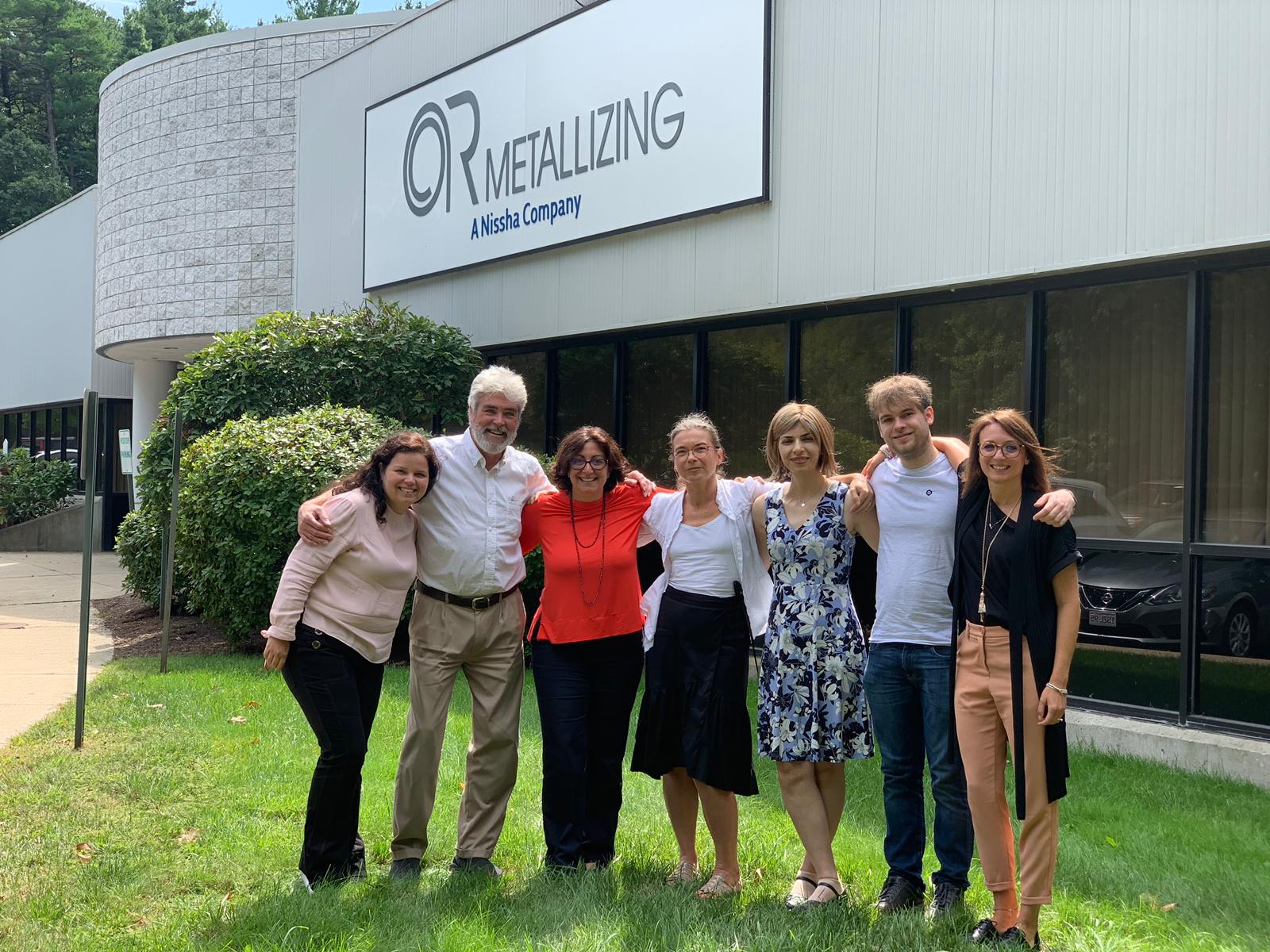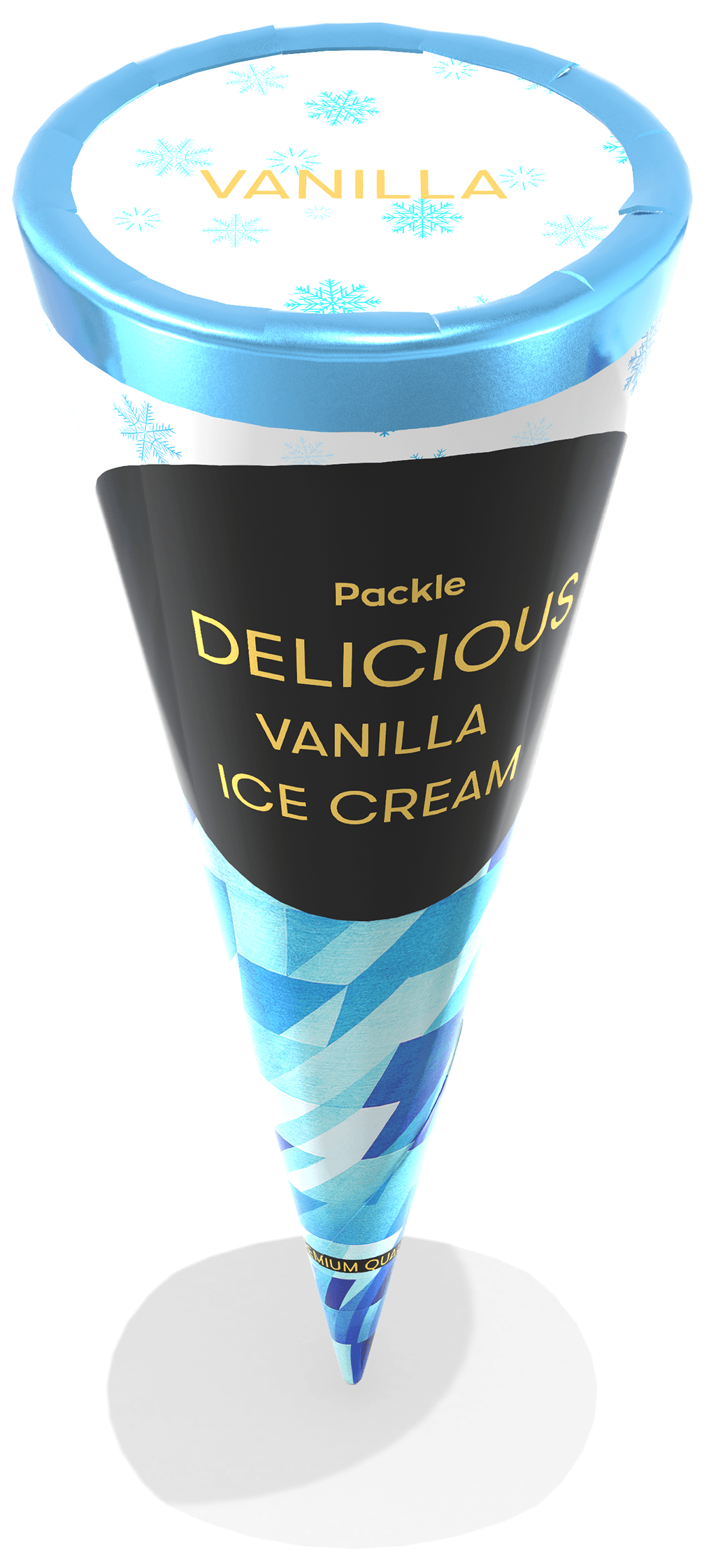Paper-based food packaging
How do AR Metallizing's expert R&D team go about testing, refining and optimizating direct food packaging to ensure our product's performance is enhanced specifically for the application (and supply chain) in question?
Paper is becoming an increasingly popular material for multinational food producers as they look to incorporate sustainable materials into consumable goods packaging. The theory and science supporting paper-based packaging are sound: paper is an eco-friendly and plastic-free material that can be used for direct (or indirect) food packaging.
Just because the theory is simple, however, doesn’t mean that extensive testing the material can be bypassed. End-users especially want to ensure the technical properties of the paper are feasible for their application – both at their level and at different points in the supply chain.
It’s here – in the testing, refinement and optimization stage that our R&D team provides most support to our customers and their supply chain, ensuring that our metallized papers are not only feasible, but that their performance is enhanced specifically for the application in question.
2019, saw our global Research and Development team work extensively on several projects relating to the creation of paper-based good packaging as a sustainable option for different foods. So, what does this entail and what, typically, do they focus on?

The process
Designing food packaging isn’t necessarily straightforward. In terms of our papers, much as with all direct food packaging, there isn’t a one-size-fits-all solution. Instead, our R&D team will work on perfecting the paper to each unique application. We do this by assessing the folding properties, resilience to cold or hot storage conditions, barrier properties, shelf life, and the way our products interact with printing and converting machinery, as well as any number of other considerations.
Our R&D team work extensively with colleagues, customers and their supply chain to first understand the requirements of our customers, and then apply their scientific knowledge and expertise to present a metallized paper that fulfils these necessities.
The role of R&D in supporting machinability and technical performance
As a producer of metallized papers, our R&D team works extensively with all the partners who will be working with our products. This means the team will refine our papers to ensure that the whole supply chain is optimized. That might be by suggesting the use of specific paper weights to ensure that the longevity of a converter’s cutting machinery can be maintained for as long as possible or working to refine the paper coatings to ensure that the barrier properties meet all the requirements of the end-user.
The food, too, plays a big part in the testing phase. Each food to be packaged has different requirements that can affect shelf life, which in turn means the requirements of our metallized papers are vary and need specific technical input from the R&D team.

Why the continued interest in paper for direct food contact packaging?
For many multinational companies, making a switch to paper-based food packaging is the next logical step in their meeting their sustainability goals and reducing the amount of single-use plastics used in their packaging. Easily recycled across much of the world, paper presents an eco-friendly material that also offers surprising technical benefits and features that give many benefits.